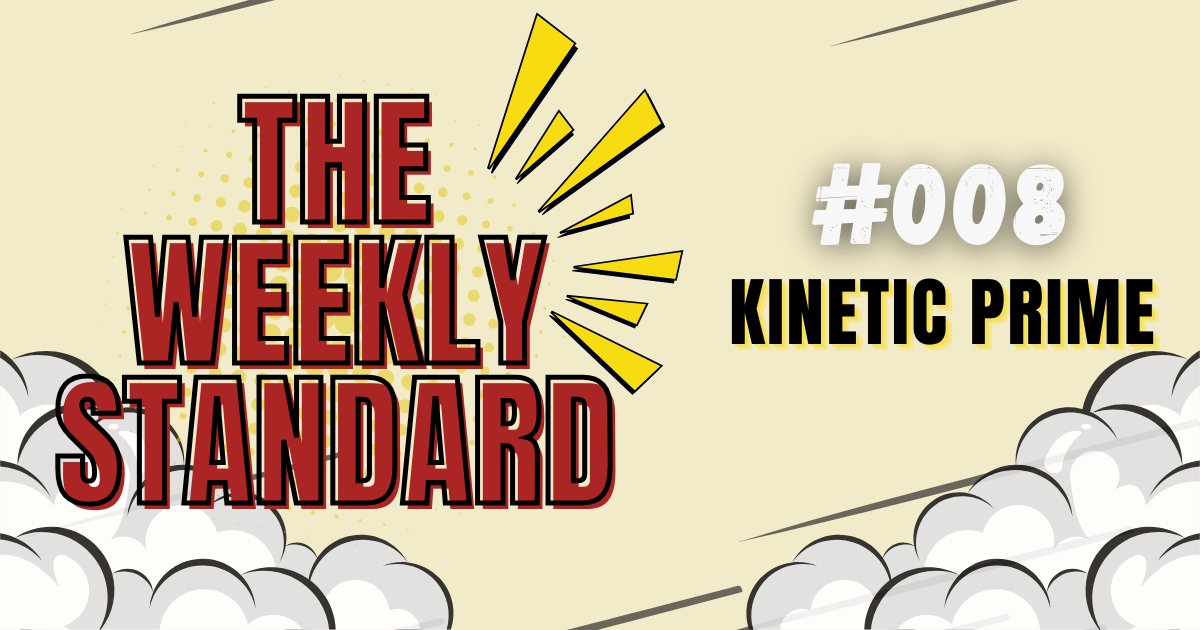
Mobility isn’t optional.
It’s your access to strength, power, and pain-free movement.
If your hips are locked up, your lower back feels stiff, and forget about touching your toes… Well this one’s for you.
In all seriousness, most don’t lack strength or work ethic. What they’re missing is usable mobility, movement integrity, and control where it actually matters. There’s a common belief that if you just avoid certain motions or work around stiffness, you’ll be fine. But that mindset is often the result of a sedentary lifestyle; or the old idea that you can just grind through dysfunction.
Too often, we chase harder training while ignoring the reality: your body can’t express what it doesn’t have access to. If you’re not moving well, you’re going to lack in performance; and eventually, pain follows.
The good news? Fixing this doesn’t require an hour-long yoga session. It comes down to moving with intention, consistently. Just 5–10 minutes a day, done right, can change everything—mobility, flexibility, strength, and pain reduction.
In this issue, we’re breaking down the hips and spine. Covering how they’re designed to work, why most people lose function there, and how to unlock and strengthen them through movement. Not just passive stretches. Real solutions.

“A journey of a thousand miles begins with a single step.”
Fact-based news without bias awaits. Make 1440 your choice today.
Overwhelmed by biased news? Cut through the clutter and get straight facts with your daily 1440 digest. From politics to sports, join millions who start their day informed.
THE BREAKDOWN
SECTION Ⅰ - Overview: Understand The System
Hips = Mobility. Spine = Stability.
So biomechanically, your hips are designed to move freely. They’re built to rotate, hinge, flex, and extend. That’s their job. Your lumbar spine? It’s built more for stability. When the hips lose range, the spine starts picking up some of the slack that it was never meant to handle. So that’s where dysfunction and pain begin.
The hips get stiff or weak, the spine starts picking up the slack = Lower back/hip/knee pain, poor power output, and tightness that never goes away.
Train your body’s structure like it was designed. Mobilize what’s supposed to move. Stabilize what’s supposed to hold strong.
SECTION ⅠⅠ - Control: Stretch With Purpose
Learn to control where and how you stretch.
If all you’re doing is holding stretches, you’re missing half the work. The key is deep positional breathing and tension. Learning to own the range. Be intentional with stretching, esepcially if you’re only do it for a few minutes at a time.
Here are a few drills you can perform in your living room; they target the hips and posterior chain:
90/90 hip transitions
Couch stretch (hip flexors and anterior chain)
Pigeon pose variations
Seated forward fold with active core engagement
Stretch slow. Breathe deep. Add isometric holds at your end range. This is where you begin to work that mobility in.
SECTION ⅠⅠⅠ - Stability: Strengthen What’s Weak
Stability must be earned. Under control, under load.
Once you’ve opened the hips, you need to reinforce that new range with strength. Think posterior chain, glutes, hamstrings, and lateral hip stability.
Key movements:
Banded/loaded glute bridges
Hip airplanes (for dynamic single-leg control)
Copenhagen planks
Single-leg RDLs
Banded/loaded lateral steps (glute med work)
Train with intent, not just reps. Quality movement beats quantity every time.
SECTION ⅠⅠⅠⅠ - Pattern: Mobility Through Movement
You don’t train muscles. You train patterns.
You need to begin to apply mobility & strength in conjuction. We need to integrate what we open and strengthen into full-body, athletic patterns. Reinforcing the notion to your body that you need to maintain your range.
Start here:
Walking lunges with banded hip distraction
Kettlebell windmills (hip + spine coordination)
Tempo goblet squats (add bands for feedback)
Bear/leopard crawling (posterior chain activation + core control)
These movements force your body to move as a unit—restoring rhythm, control, and athleticism.

THE TAKEAWAY
Movement First: Mobility + Strength = Freedom
Tight hips and low back issues won’t be solved by foam rolling alone. They’re resolved by implementing movement, and retraining how you move.
Restore mobility in the hips. Build stability in the spine. Train strength through functional patterns.
The result? More efficient movement. Better force output. Reduced injury risk. And a body that moves the way it was built to.
Train like you mean it—starting from the ground up
Take Control

Download the 10-15 Minute Mobility Cheat Sheet
Built for speed, hips, and real performance.
Save it. Use it. Share it with your training crew.
See You in Issue #009!
If you’ve made it this far, I’m assuming you’re finding some value in this week’s newsletter; and that’s exactly my goal, so I’m glad to hear it.
If it’s not too much to ask, go ahead and share it with a friend or someone you think would appreciate it too!
It would mean a lot. Thank you.

I appreciate you taking the time to read my newsletter!
Thank you,
Stephen Holmes Founder, Linking Performance & The Weekly Standard
→ Follow on Instagram @linkingperformance
→ Follow on X (Twitter) @Link_Pformance



